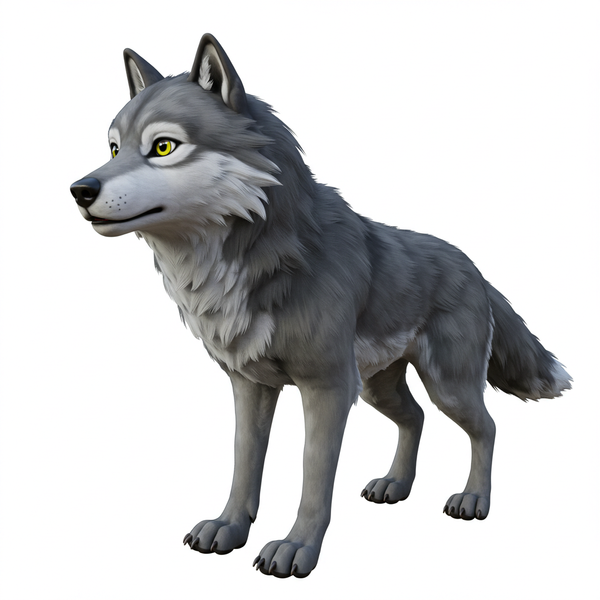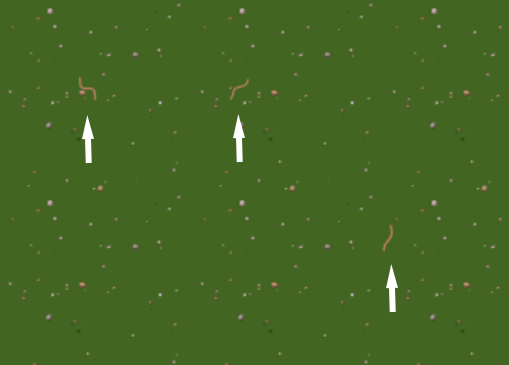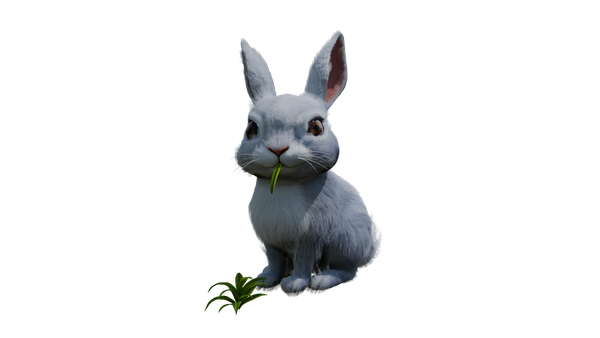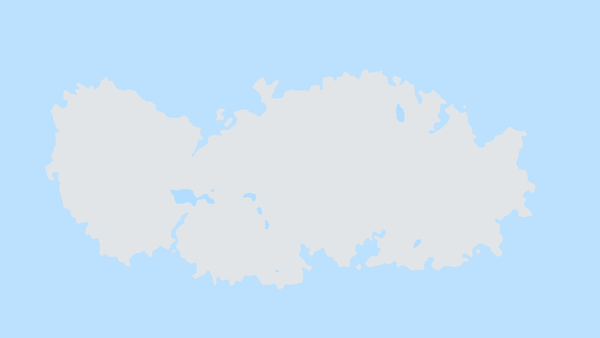Concept Meeting for Wolf Development with GPT
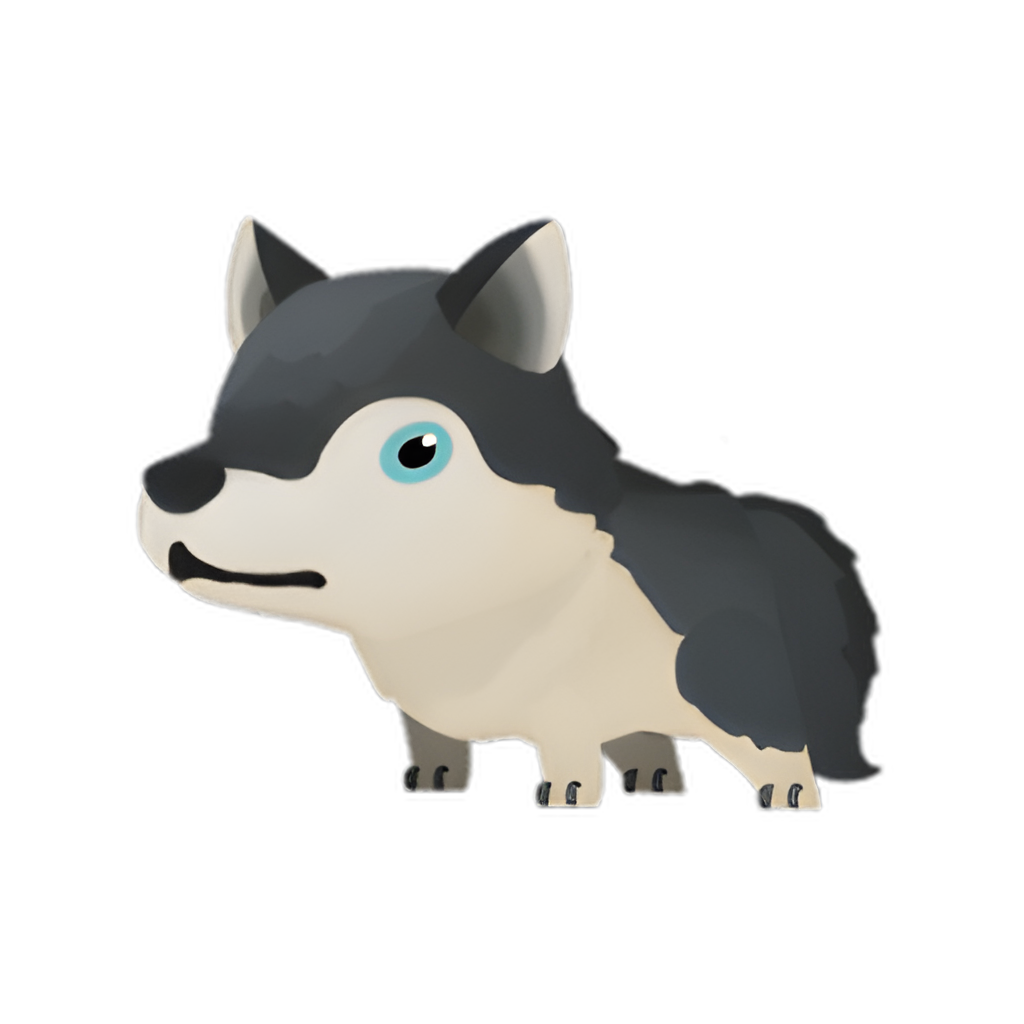
Suggested Settings for Wolf Behavior
Predation Behavior
Since rabbits are the primary food source for wolves, a wolf will begin searching for the nearest rabbit once its hunger level reaches a certain threshold. If there aren’t enough rabbits nearby or if hunting attempts fail, the wolf can be set to search over a wider range. In cases of extreme hunger, the wolf may even leave its current territory to pursue rabbits in more distant areas.
Post-Hunt Fullness and Rest
After a successful hunt that satisfies its hunger, the wolf can be set to rest or take a nap, refraining from hunting temporarily. Allowing the wolf to rest until its hunger level drops below a certain threshold will reduce the hunting frequency, which can also help naturally manage the rabbit population.
Reproduction Cycle and Survival Conditions
Like with rabbits, breeding should only be possible when the wolf’s hunger is sufficiently satisfied. If a pair of wolves remains well-fed for a certain period, they can meet the conditions to produce offspring. Limiting breeding to times when wolves have been consistently successful in hunting will naturally suppress reproduction if the rabbit population declines too much.
Territorial and Foraging Movement
Similar to how rabbits expand their territory, wolves may follow food sources and shift their habitat accordingly. Wolves can be set to move toward areas with high rabbit populations and, conversely, to explore new areas when rabbit numbers dwindle. This setup enables a natural predator-prey movement pattern within the ecosystem.
Population Control and Natural Starvation
If the rabbit population drops sharply or if wolves repeatedly fail to hunt successfully, a wolf may die of starvation. This will prevent the predator population from growing excessively. Once a wolf dies, the rabbit population can begin to increase again, and when it surpasses a certain threshold, new wolves can appear, continuing the natural cycle.
1. Gestation Period
In reality, a wolf’s gestation period lasts about 60–65 days. While this can be adjusted to fit the ecosystem simulation, too long of a gestation period may slow reproduction within the system, impacting balance.
Suggestion: Set the gestation period to around 30 days, allowing for a moderate waiting time before pups are born. This adjustment would add wolves at a reasonable pace, maintaining a balanced rate without overpopulating or underpopulating the ecosystem.
2. Litter Size
In nature, wolves typically give birth to an average of 4–6 pups at a time. However, introducing this many wolves in the simulation at once could disrupt the ecosystem’s balance.
Suggestion: Adjust the litter size to 2–4 pups to stay close to nature while keeping numbers manageable. This way, wolf reproduction maintains its impact without causing a sudden spike in the wolf population, preserving the simulation's balance.
3. Pup Growth Period
In the wild, wolf pups take around a year to grow enough to participate in hunting. For the simulation, it’s best to keep this period shorter but reasonable, such as 30–60 days.
Suggestion: Set a 60-day growth period during which pups are cared for by parents, but cannot yet hunt. This approach maintains a healthy gap between reproduction and new adults joining the population, helping maintain ecosystem balance.
4. Lifetime Reproductive Limit for Females
On average, a female wolf in the wild can reproduce for 6–8 years, often breeding once a year.
Suggestion: Limit each female wolf’s lifetime reproductive events to 3–5 times. This restriction keeps the population from growing too quickly, maintaining a sustainable wolf population over time.
1. Alternating Feeding by Parent Wolves
In reality, wolf parents take turns hunting to provide food for their pups. This can be mirrored in the simulation by having each parent wolf bring back a set amount of food after hunting. For instance, while one parent goes out to hunt, the other stays with the pups to protect them. This alternation allows parent wolves to regularly return to the pups, providing care and food consistently. With this approach, if a parent wolf’s hunger gauge is filled, it can resume hunting. However, if food isn’t supplied regularly, the pups won’t grow, and their survival rate may drop.
2. Introducing the Concept of a "Nest"
In the wild, wolf pups are typically raised in a secure den or “nest.” This concept can be added to the game by designating a specific place where pups stay safe while they grow. For example, when the parent wolves breed, a nest is automatically created, and the pups remain there for a certain period. Parents return to the nest with food, ensuring the pups are nourished. This setup keeps the parent wolves within a certain range during the nurturing phase, preventing them from straying too far from their young.
3. Shared Food Storage
Since pups cannot hunt alone, a shared food storage system could be implemented. When a parent wolf successfully hunts, part of the food can be stored at the nest for the pups. For example, each time a parent returns after a hunt, it could either share the food with the pups directly or fill the pups’ hunger gauge. This system creates a dependency on the parent’s hunting success, directly affecting the pups’ survival.
4. Interaction Between Parents and Pups
To ensure the pups’ survival, they should only thrive when under the parents’ protection. For example, the pups’ health might only recover gradually when a parent wolf is nearby, and if the parent moves too far, the pups become more vulnerable. This encourages parent wolves to remain close to their young, repeatedly searching for food within a certain distance and returning to the nest.
5. Growth Conditions for Pups
For the pups to mature, they need to receive adequate food from the parents over a certain period. If the parents fail to provide food consistently, the pups’ growth rate could slow, or their survival rate may decrease. Only when the pups’ growth gauge is filled can they mature into adults, allowing population levels to be naturally regulated based on the parents’ care and food availability.
Suggested Parenting System Settings for the Game
Reflecting the natural process, newborn wolf pups can initially feed on their mother’s milk. After a certain period, this can transition to the parents bringing back food from hunts.
Milk-Feeding Stage (First 5-6 Weeks After Birth)
Newborn pups can stay in the nest for about 30 days, where they rely on their mother’s milk for nourishment. During this period, the parent wolves can remain near the nest to guard the pups rather than going out to hunt. For the mother wolf to continue providing milk, her own hunger gauge should be sufficiently filled, making her own nutrition a requirement for the pups’ wellbeing.
Regurgitated Food Feeding (Post-Weaning Period)
After the milk-feeding stage, the parents can transition to regurgitating food for the pups. When a parent wolf successfully hunts, it returns to the nest and provides partially digested food to help fill the pups’ growth gauge. If the parents fail to hunt or there’s a food shortage, the pups won’t receive sufficient nutrition, slowing their growth rate and reducing their chances of survival.
Protection and Hunting Lessons Until Full Maturity
Pups remain in the nest under parental protection until their growth gauge is fully filled and they mature. As the pups near maturity, short hunting excursions with their parents can be added to help them learn basic hunting skills. Once this training period is over, the pups mature into adults and can independently hunt and survive.
You will see the wolves soon...


